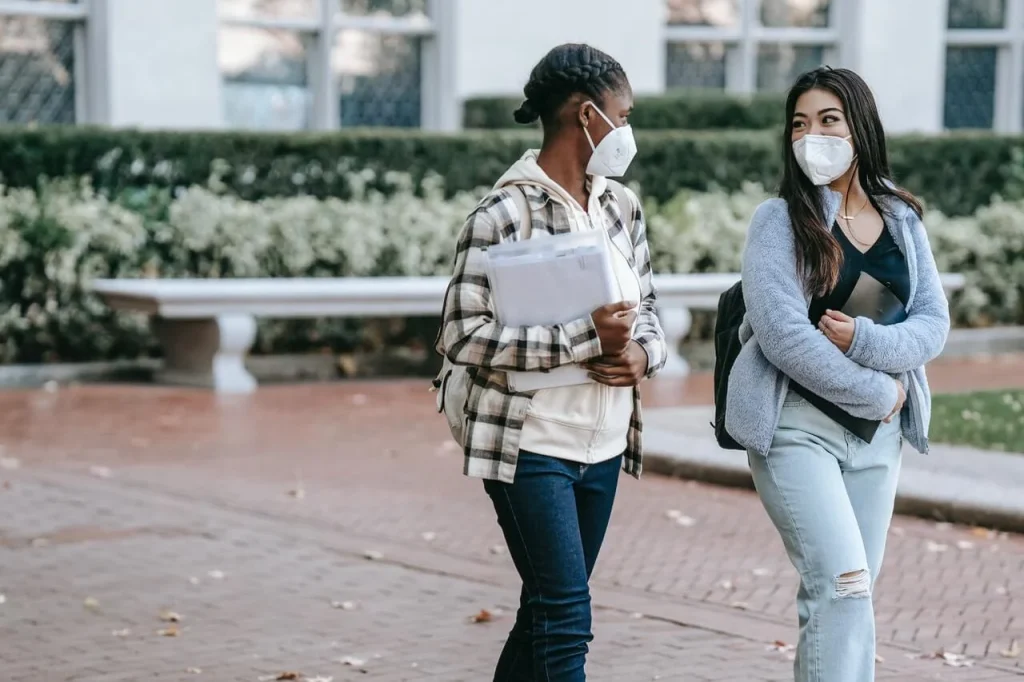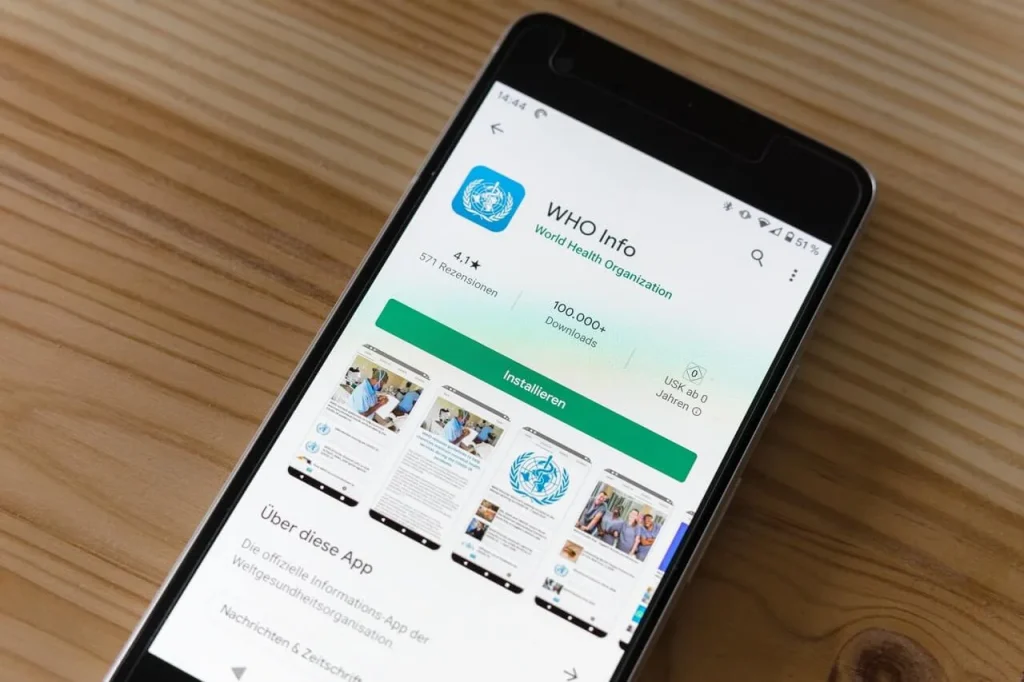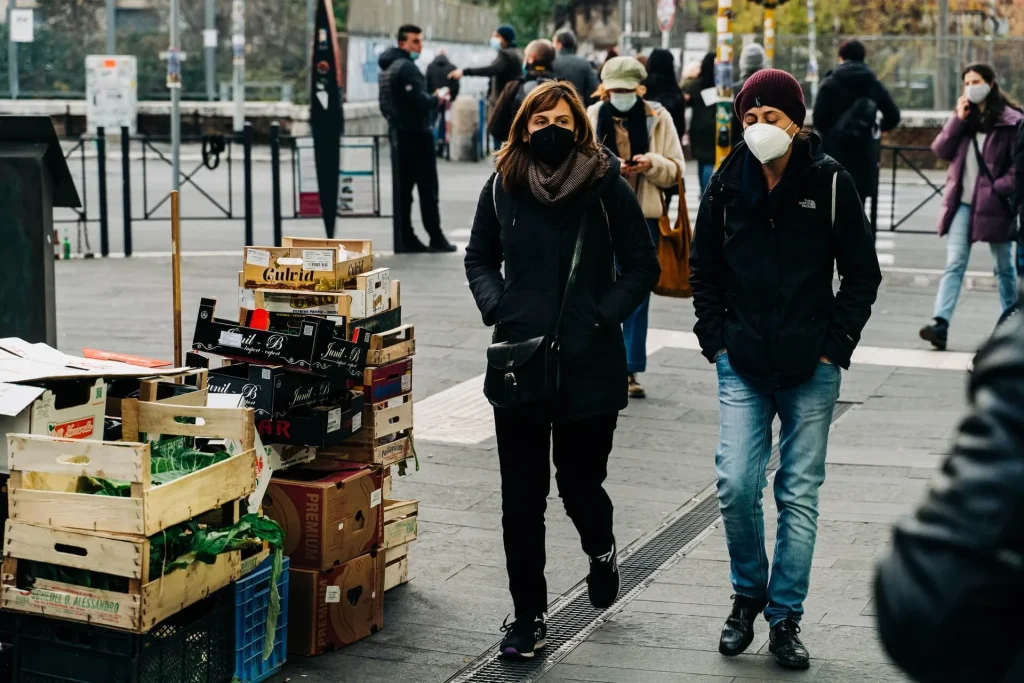Have you missed living back in the days when we are not required to wear a facemask, and viruses aren’t just something to be afraid of?
March 4, 2022, Health Undersecretary Maria Rosario Vergeire said that Alert Level 1 is closer to “living with the virus” but Filipinos should still remain vigilant. Metro Manila is now under Alert Level 1 for the first time, isn’t it exciting? For some it is – but for some, it isn’t. Then what should we expect with these new changes?
For the past two years, we have lived in a world of fear because of the COVID-19 crisis, and it is evident that a lot of drastic changes took place, especially with the Country’s economic state. A report by CNN Philippines, the MMDA has recorded an average of 371,000 vehicles passing through EDSA per day during Alert Level 2. Immediately after Alert Level 1 was implemented, the number jumped to 372,000 per day — drawing closer to the 400,000 vehicle average before the pandemic.
If you are thinking that this shift of the Alert Level 1 in Metro Manila is a good start this 2022 – well you are definitely correct. According to CNN Philippines, the new Alert Level is seen to help stimulate business and help economic recovery. This will definitely increase the demand for foot traffic in some of the business district areas that have been declining ever since the start of the COVID-19 Pandemic. The reignition of the workspace sector signifies natural consumer spending, increased interest in companies seeking office spaces in Central Business Districts (CBDs), and demand for rental homes and condos within the area. Apparently, this shift is until the first half of March 2022.

COVID-19 Alert Level 1 Protocols
1. Public transportation in areas under Alert Level 1 shall be at full seating capacity.
The Metropolitan Manila Development Authority (MMDA) confirmed that all public utility vehicles (PUVs) in the National Capital Region will be permitted to operate at full capacity under Alert Level 1. This is in accordance with the latest guidelines from the Inter-Agency Task Force for the Management of Emerging Infectious Diseases (IATF-EID).
Intrazonal and interzonal travel shall be allowed without regard to age and comorbidities. That means that vehicles will be at full capacity, therefore commuters must be aware of the possibilities of the Virus taking place due to no social distancing being implemented. The covered modes of transportation include public buses and jeeps, taxis, trains, and tricycles. With this, the DOTr will definitely release full minimum health protocol guidelines observed by the Commuters.
2. Under Alert Level 1, the IATF said there are no restrictions in terms of indoor and outdoor capacities
All establishments, persons, or activities are likewise allowed to operate, work, or be undertaken at total on-site or venue seating capacity, provided these are consistent with minimum public health standards. If you miss hanging out with friends, meeting face to face with the whole team at work, dining capacities are also 100% literally no restrictions with the Alert Level 1, given the fact that individuals 18 years old and above will be required to present proof of full vaccination before participating in mass gatherings or entry into indoor establishments. Below are some indoor and outdoor activities that have no restrictions under Alert Level 1 according to Philippine News Agency.
*All indoor dine-in services of food preparation establishments such as kiosks, commissaries, high end restaurants, and eateries. For outdoor or alfresco dining and take out channels, no proof of full vaccination is required;
*All indoor personal care establishments such as barbershops, hair spas, hair salons, and nail spas, and those offering aesthetic/cosmetic services or procedures, make-up services, salons, spas, reflexology, and other similar procedures including home service options;
*Fitness studios, gyms, and venues for exercise and sports;
*All indoor cinemas or movie houses/cinemas operating at full capacity;
*Meetings, incentives, conferences, exhibition events, and permitted venues for social events such as parties, wedding receptions, engagement parties, wedding anniversaries, debut and birthday parties, family reunions, and bridal or baby showers;
*Venues with live voice or wind-instrument performers and audiences such as in karaoke bars, clubs, concert halls, and theaters;
*Indoor ancillary establishments in hotels and other accommodation establishments; and
*Venues for election-related events.

3. Contract Tracing & Health Declaration Forms
The use of health declaration forms/paper-based contact tracing shall not be required for all the agencies and establishments under Alert Level 1, however digital contact tracing such as the use of Staysafe.PH app is optional in some agencies and establishments.
4. 100% Back to Site Work Arrangement
For the past few years, people have gotten used to remote work arrangements where working from home is the new trend. A lot of employees are sure, not happy with this because they are used to working from home – since it is less expensive and more productive, as everyone thinks it is. However, they may continue to provide flexible and alternative work arrangements as deemed appropriate based on function or individual risk. While agencies and instrumentalities of the government shall likewise adhere to 100 percent on-site workforce. Off-site work shall be under such work arrangements subject to relevant rules and regulations issued by the Civil Service Commission and the Office of the President.

5. Isolation and Quarantine
For travelers and International Travelers, they must be consistent with DOH Dept Memo No. 2022-0013. With the treatment of Asymptomatic patients, Inquirer.net mentioned in their article last March 15, 2022, that the Department of the Interior and Local Government (DILG), that fully vaccinated close contacts are no longer required to undergo quarantine and should only do “symptoms monitoring” under Alert Level 1 because fully inoculated people already have protection against the severe respiratory disease.
Related Blog: What Is COVID-19 Alert Level 1 and How Will It Affect the Economy


